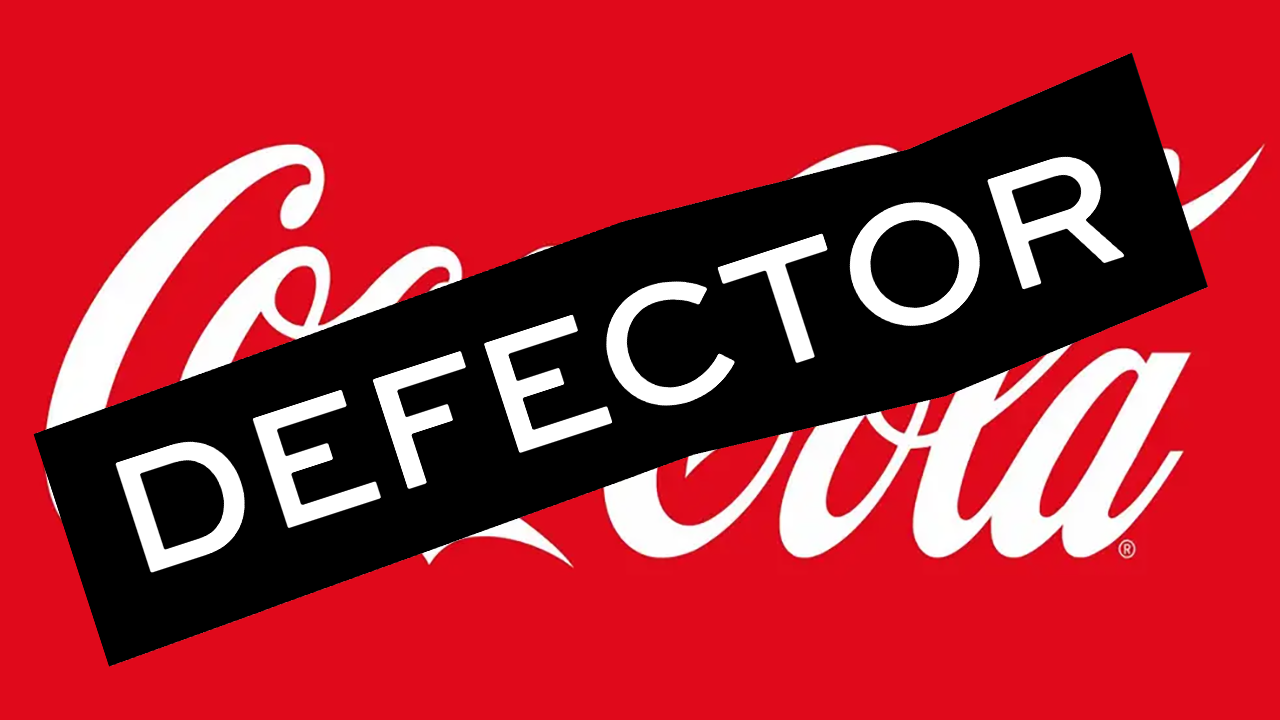Off camera and behind the scenes, in the parts concealed under the hood, the NCAA tournament is a well-oiled machine. I covered the East regional final last weekend, which was my third time covering some part of an NCAA tournament in person. I can attest that they make it easy. Transcripts of press conferences are up instantaneously. Copious staff is on hand to answer any questions. The press conferences are fair to reporters; random and local outlets got to ask questions before Bill Plaschke did. (After UNC beat Saint Peter’s to advance to the Final Four, Plaschke asked the Peacocks players if they were sad in the locker room.) The NCAA even credentialed me despite the last time I went I wrote about how they shared obviously-fake quotes for all the fans to see. The only reason I am not mentioning the sports information director in charge of the regional final this year—he did a fantastic job!—is that I am about to make fun of the whole outfit.
As well-organized as it is, as much of a logistical triumph as it is, the broader setup of the tournament is also really, really silly. It turns a game that is, for the regular season, primarily played in gyms that are somehow both leaky and 90°F in winter into a branded corporate spectacle where even the ladders are sponsored. It is a testament to how great college basketball is that, very much despite all this, the atmosphere at NCAA Tournament events like Friday night's doubleheader of Saint Peter’s vs. Purdue and UNC vs. UCLA can still be as electric as any sporting event I’ve ever attended. (I’m putting that night up with some of my favorite nights in that building: Game 1 of the 2001 Eastern Conference Finals, two Radiohead concerts in 2019, the John Cena/Brock Lesnar/Seth Rollins triple threat match at the 2015 Royal Rumble.)
The funniest part of the whole setup, for me, are the drinks. Coca-Cola is the NCAA sponsor. Down in the bowels of the stadium—or up in the hockey press box, where I was stationed both nights—you are free to drink whatever. But if you bring a beverage out onto the floor, it must be in an NCAA cup. (The cups, incidentally, are not just NCAA cups; they were NCAA “Sweet 16/Elite 8” cups. This is the kind of extensive branding you can do when you don’t have to pay players anything more than a scholarship.)
But teams have to abide by additional rules—more specific ones. This paper was just sitting out on a table next to the entranceway to the court, so I made a copy of it.

There’s so much here. Coca-Cola acquired Bodyarmor in November for $5.6 billion, but apparently did not decide to pay the NCAA to promote the drink yet. The other specific product called out is Gatorade: The Pepsi-owned product has about 70 percent of the U.S. sports drink market, with Powerade at 14 percent and Bodyarmor at 10%. Remember when Pepsi had All Sport, before the company bought Quaker Oats and Gatorade? No? Just me? Okay.
I do like that any Coke product is acceptable, not that you can find the Cherry Coke Zero energy drink I like anymore. (Coke got me hooked and then took it away! Unforgivable!) Also, imagine checking out of the game, all tired, and being handed a Dasani. Yuck!
My favorite part of this rule flier is, of course, this: “It is IMPERMISSIBLE to tape/cover up or otherwise deface any of the Coke/Powerade/NCAA marks.” I had never wanted to deface the Coke or NCAA logos until now. (I never thought about Powerade before, ever, and I still don’t.) This gives me an idea, though: Losing teams should get to deface the Coca-Cola logo after they’re eliminated from the tournament. I don’t think it would even be bad publicity for the brand. There are worse things that could be in the news about Coke! Imagine if, after Purdue lost to Saint Peter’s, the Boilermakers players got to rip open a few cases of coke and just throw the cans around the room in anger. I think I just figured out a way to make the NCAA tournament better. At the very least, it might have inspired Bill Plaschke to ask a more interesting question.






